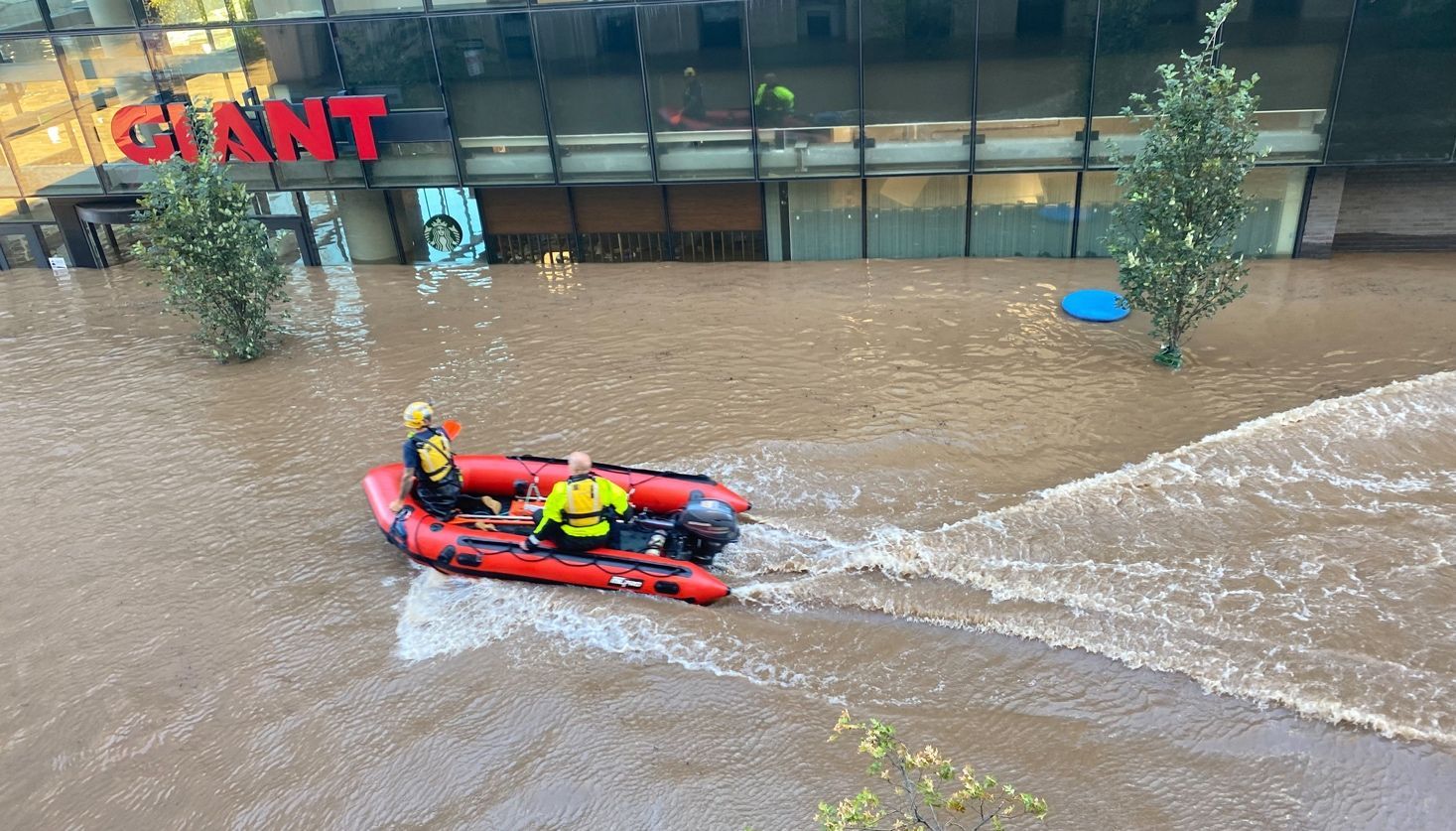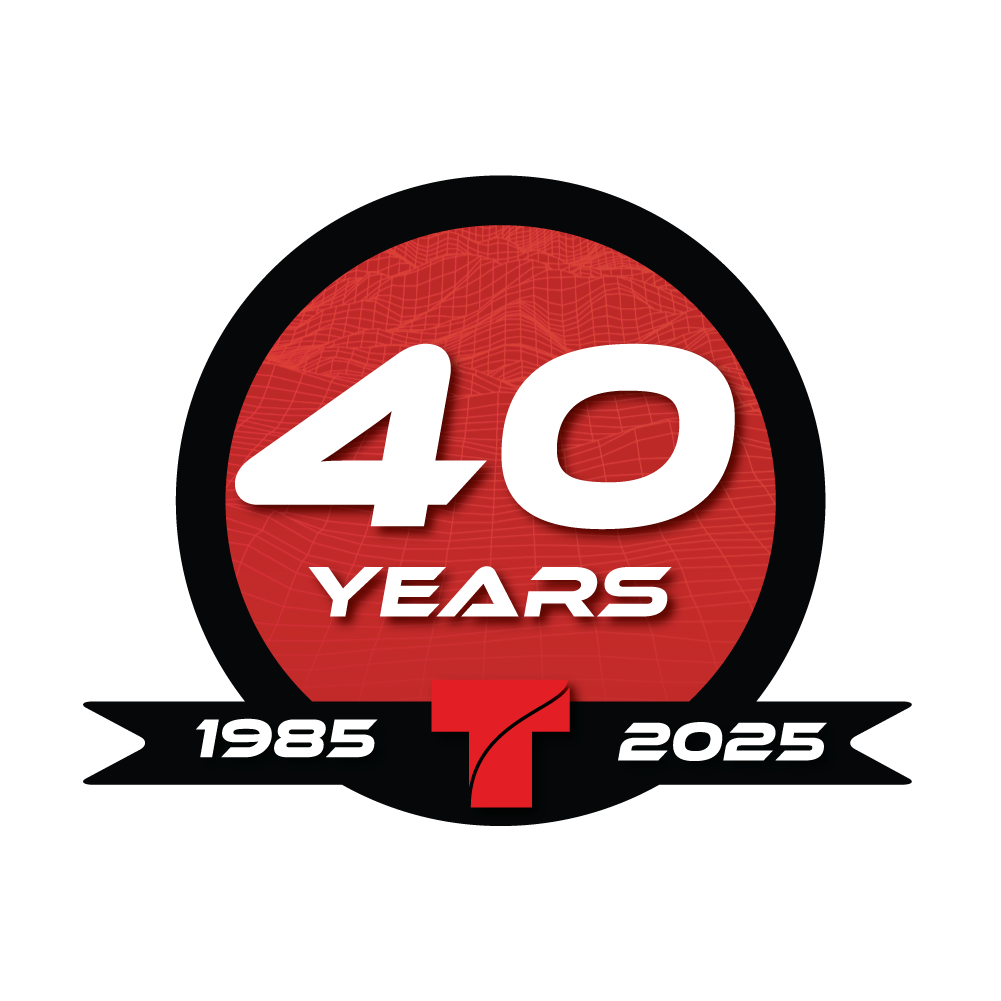T-Kartor Iris™ is Interoperability Without Compromise
When we started working on the next generation of Iris, the goal wasn't to build just another content management platform or data portal. We were trying to solve a deeper, more persistent problem that nearly every organization inevitably faces: the inability to connect information from systems that were never designed to work together in the first place.
Whether a government agency manages sensitive spatial data or a coalition of partners responds to a crisis across borders, the challenge is always the same. Data is often stuck in silos, systems are traditionally built by vendors using proprietary formats, and people who need answers fast are left waiting while teams scramble to translate, convert, and clean up the mess.
This was the pain point Iris was designed to eliminate.
Iris isn't about locking anyone into a new way of working. It's about unlocking the value of what you already have. Built on a mix of open source and proprietary tools, Iris enforces open standards and promotes integrations with the tools you already use. Whether you're working in a secure environment or an open one, Iris is built to adapt.
We designed this next generation of product to be containerized and lightweight enough to run anywhere. In the cloud. On-premise. Even on a single-board computer, if that's what the mission calls for. It scales elastically, deploying microservices as needed, not as dictated by a rigid architecture. This isn't just DevOps-friendly, it's DevOps-native.
More important than any other feature, we insisted that Iris maintain the flexibility and interoperability that our customers have grown to love Iris for. So, every time Iris indexes a new dataset, it automatically creates an OGC web service endpoint to ensure that content is discoverable, usable, and shareable across your entire ecosystem. ISO-compliant metadata is enriched and exposed. And if you're using a federated setup, an update to one instance of Iris is immediately reflected in all other connected instances. No delays. No duplicated effort. Just a simple, easy way to ensure an authoritative set of content is discoverable between all endpoints of your organization.

That kind of real-time interoperability matters. It's what enabled T-Kartor to support Arctic Strike 2025, a NATO exercise involving over a dozen countries and countless streams of spatial and non-spatial data. Iris played a critical role in bringing information together, in open standard formats, to unify the environment and support collaboration and decision-making across participants.
This is what modern spatial data infrastructure should look like: not a monolithic platform forcing everyone into the same workflow, but a flexible system of systems that connects what's already working and extends what's possible.
At T-Kartor, we're not just building tools. We're building trust across networks, teams, and time zones. And Iris reflects that philosophy. It's built to move fast, scale intelligently, and deliver the information you need when it matters most.
If your mission depends on critical information management, the next step isn't just about upgrading systems. It's about unlocking new possibilities for collaboration, awareness, and decision-making. Iris is already doing that for mission-critical teams around the world. The question is: what could it do for yours?













